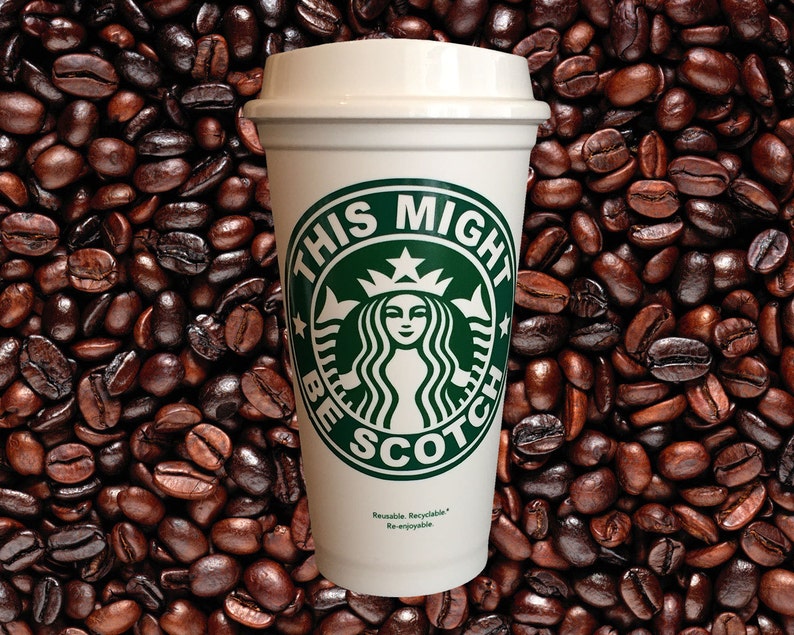

#Starbucks hop scotch free#
“I avoid using those reusable plastics as much as possible, because I have yet to see good evidence that there are consumer plastics that are free from estrogenic properties.” The shape of the molecules in BPA make it more likely to bind to estrogen receptors, Vandenberg added.

“So even small amounts of tinkering with the estrogen or estrogen pathways in our body can have really serious outcomes for our health.” “It has a role in muscle development and fat development,” she added. “Estrogen is a pretty powerful hormone that is important for reproduction and fertility, but also really important for the development of sex organs, development of the brain and controlling metabolism. “The reason why we worry about BPA is that, going all the way back to the 1930s when it was tested for use as a pharmaceutical, it was clear that it acts like an estrogen,” Vandenberg said. The majority of daily exposure to BPA happens through diet, according to the US Institute of Environmental Health Sciences. So if the plastic is discolored, it’s telling you that that plastic is breaking down.”Īny damaged plastic food storage containers should be discarded, said Sam Cole, global director of product certification, food equipment and chemicals at the National Safety Foundation, an organization facilitating development of public health standards and certification programs for the protection of food, water, consumer products and the environment. “And now there’s an interaction with the food and the plastic (because the plastic is degrading). “Usually that is happening because there’s lots of little micro-holes or micro-tears,” she explained. “So we totally advocate that you transfer your food from a plastic container into a glass bowl and microwave it that way.”ĭiscoloration of a container can signal that a chemical change has occurred in the plastic, Vandenberg said. “Some of the plasticizers and chemicals can transfer from the plastic containers into the food during heating,” Rogers said. The “microwave safe” label on some plastic containers doesn’t mean the product is totally safe from a health standpoint, she added. Roman/Adobe StockĬhild growth and development hampered by PFAS in blood, study says playing hopscotch on playground outdoors. Putting highly acidic foods - such as tomatoes or citrus fruits - in these products does the same thing, Vandenberg said. Scratches can create deep grooves for bacteria to reside in as well, said James Rogers, director of food safety research and testing at Consumer Reports, a nonprofit research, testing and consumer advocacy organization. Putting stress on plastic food containers by washing them in the dishwasher or with rough scrub brushes “increase the ability of that plastic to leach whatever it was made out of,” Vandenberg said. In fact, the longer you own them, the riskier they are for your health, she added.

“If it’s not safe the day you buy it, it’s not safe 10 years later,” Vandenberg said. … Even the low levels of BPA that leach from consumer plastics, canned food linings or other consumer goods … have been shown to be associated with harm, and people certainly should care about it.”

“Every single time that they’re used, they’re leaching small amounts of BPA out of them. “We worry about those hard, shatter-resistant plastics that were made a decade ago, that were made with BPA,” Vandenberg said. Since March 2010, items Tupperware sells in the US and Canada are BPA-free, according to its website.ĬNN has contacted Tupperware for comment but has not received a response. The composition of your plastic product can depend on the year you bought it, Vandenberg said. In addition to food containers, BPA has been used in various other products, such as shatterproof windows, water bottles and eyewear, and in resins coating metal food cans, bottle tops and water supply pipes.


 0 kommentar(er)
0 kommentar(er)
